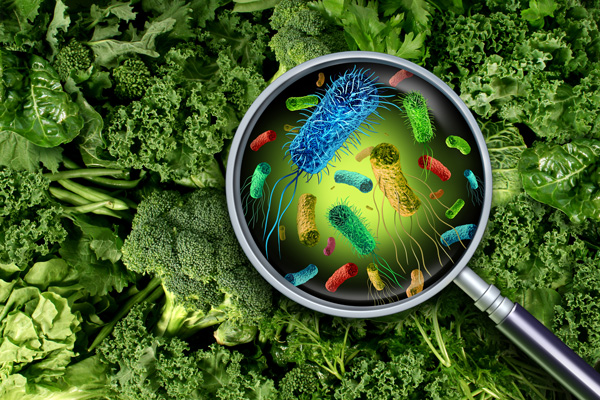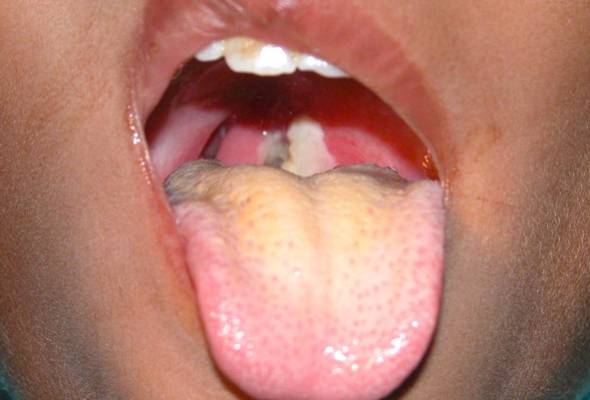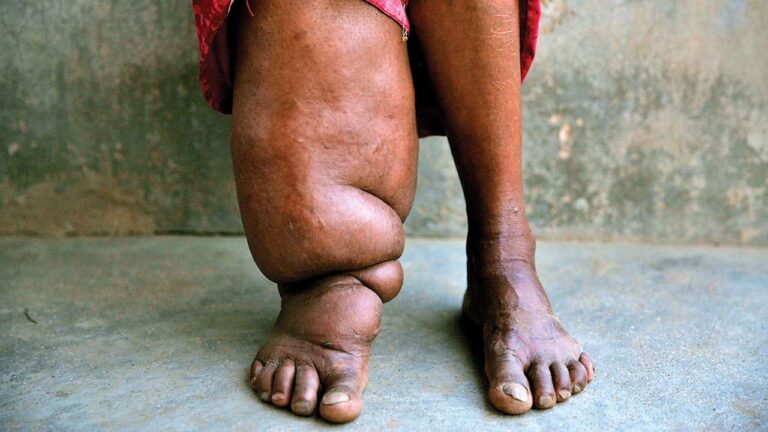Child Growth
 Child growth is a complex and dynamic process, encompassing physical, cognitive, and social-emotional development. It’s a journey marked by rapid changes, influenced by a multitude of factors, and crucial for laying the foundation for a healthy and fulfilling life. Understanding the intricacies of child growth is essential for parents, caregivers, educators, and healthcare professionals.
Child growth is a complex and dynamic process, encompassing physical, cognitive, and social-emotional development. It’s a journey marked by rapid changes, influenced by a multitude of factors, and crucial for laying the foundation for a healthy and fulfilling life. Understanding the intricacies of child growth is essential for parents, caregivers, educators, and healthcare professionals.
Physical Growth:
- Infancy (0-1 year):
- This is a period of rapid growth, with significant increases in height and weight.
- Infants typically triple their birth weight by their first birthday.
- Motor skills develop rapidly, from rolling over to sitting, crawling, and eventually walking.
- Nutrition is paramount during this stage, with breast milk or formula providing essential nutrients.
- Early Childhood (1-5 years):
- Growth continues at a steady pace, although not as rapidly as in infancy.
- Children refine their motor skills, becoming more coordinated and agile.
- Language development accelerates, and children begin to express themselves verbally.
- Play becomes a crucial part of physical and social development.
- Middle Childhood (6-12 years):
- Growth slows down slightly, but children continue to gain height and weight.
- Coordination and motor skills improve further, allowing for participation in sports and other physical activities.
- Puberty may begin towards the end of this stage, leading to significant hormonal and physical changes.
- Adolescence (13-19 years):
- Puberty drives rapid physical growth and sexual maturation.
- Significant hormonal changes lead to the development of secondary sexual characteristics.
- Growth spurts occur, with variations in timing and intensity.
- Physical changes can impact body image and self-esteem.
Cognitive Development:
- Infancy:
- Infants develop sensory and perceptual skills, exploring the world through sight, sound, touch, taste, and smell.
- They begin to understand object permanence and develop memory skills.
- Language development starts with babbling and progresses to simple words.
- Early Childhood:
- Children develop symbolic thinking and begin to use language to represent objects and ideas.
- They engage in imaginative play and develop problem-solving skills.
- Cognitive development is rapid.
- Middle Childhood:
- Children develop logical thinking and begin to understand cause and effect.
- They improve their memory, attention, and problem-solving skills.
- Academic skills become increasingly important.
- Adolescence:
- Adolescents develop abstract thinking and begin to understand complex concepts.
- They develop critical thinking and decision-making skills.
- Cognitive development continues as the brain matures.
Social-Emotional Development:
- Infancy:
- Infants develop attachment to their caregivers, forming the foundation for social-emotional development.
- They begin to express emotions and develop social skills through interactions with others.
- Early Childhood:
- Children develop social skills, such as sharing, taking turns, and cooperating.
- They learn to regulate their emotions and develop a sense of self.
- Play is essential for social-emotional development.
- Middle Childhood:
- Children develop peer relationships and learn to navigate social situations.
- They develop a sense of identity and begin to understand social norms.
- Emotional development involves learning to manage complex emotions.
- Adolescence:
- Adolescents develop a strong sense of identity and explore their values and beliefs.
- They form intimate relationships and navigate the complexities of social interactions.
- Emotional development involves managing hormonal changes and social pressures.
Factors Influencing Child Growth:
- Genetics:
- Genetic factors play a significant role in determining a child’s height, weight, and overall growth pattern.
- Nutrition:
- Adequate nutrition is essential for physical and cognitive development.
- Malnutrition can lead to stunted growth and developmental delays.
- Environment:
- Exposure to environmental toxins, such as lead, can negatively impact child growth.
- Socioeconomic factors, such as poverty and lack of access to healthcare, can also influence growth.
- Health:
- Chronic illnesses and infections can impair child growth.
- Access to quality healthcare is crucial for addressing health issues that may affect growth.
- Social-Emotional Factors:
- A nurturing and supportive environment promotes healthy social-emotional development.
- Stress and trauma can negatively impact growth and development.
- Hormones:
- Hormones, especially during puberty, greatly influence growth.
Monitoring and Supporting Child Growth:
- Regular Checkups:
- Regular checkups with a pediatrician are essential for monitoring child growth and development.
- Growth Charts:
- Growth charts are used to track a child’s height and weight over time.
- Early Intervention:
- Early intervention programs can help children with developmental delays or disabilities.
- Parental Involvement:
- Parents play a crucial role in supporting their child’s growth and development.
- Providing a safe, loving, and stimulating enviroment is key.
Child growth is a multifaceted process that requires a holistic approach. By understanding the various factors that influence growth and providing appropriate support, we can help children reach their full potential.






































